The Victorian Home of the Future
Most of these hi-tech gadgets have been out of use for at least 100 years.
In the 1800s (and even back into the 1700s) devices were being invented which were the cutting edge tech of their day- the keypad locks and Amazon Echos of the era. These state-of-the-art tech items where found on desks, but were at the higher end were actually built into Victorian homes for the ultimate in 19th century luxurious living.
Most average families would have had no access at all to these luxury items, but for large households or manors with servants, they greatly increased the efficiency of daily operations. Dumbwaiters, annunciators, speaking tubes were just a few of the hi-tech inventions which separated the average family from the ultramodern Victorian household.
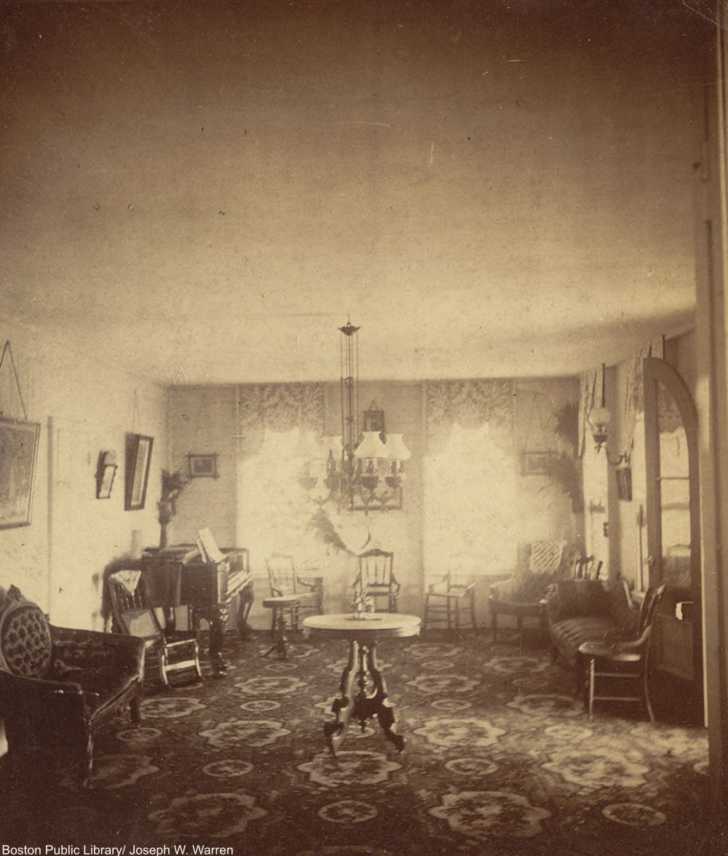
1) Milk Doors
In the case of milk doors, many regular folks found these secure hatches to be a godsend. The milkman (or other service providers) would unlock the door from the outside, place the milk and butter inside, and then lock it back up again. The customer inside would then access from a separate door on the inside, keeping deliveries safe from thieves and needing no one to answer the front door in the early hours of the morning.

2) Speaking Tubes
These early communication contraptions would have been expensive at the time, but sometimes offices had them installed in order to speed up the pace of work. In large homes they were also quite useful. Most often the tubes were one way, intended as an outlet for the butler or boss to convey commands to his subordinates downstairs without having to go down or send a note. However, some were two-way and the model below would have made a whistling sound when blown into, signaling to the other end that communication was needed.

In the later years of the Gilded Age entire phone systems were installed in order to better serve this purpose, with the thought of outside calling being bottom of the list for such a complicated household.
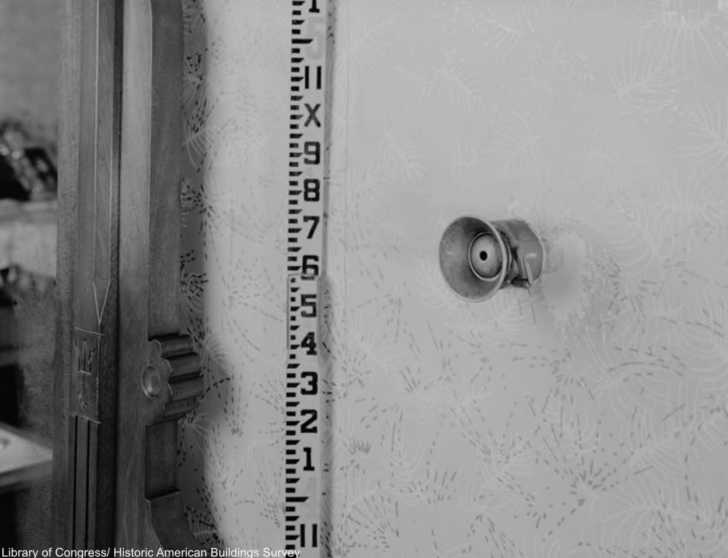
Magic Lanterns
Like early TV for the Victorians, the Magic Lantern served as great entertainment in many a late 19th century parlor. The shapes of artworks or folktale characters on glass slides were illuminated by a candle or light source inside, casting colorful light which must have seemed like a treasure in a world lit by dim candles and soft gaslight. These projection devices went out of favor when motion pictures captured the world’s attention.
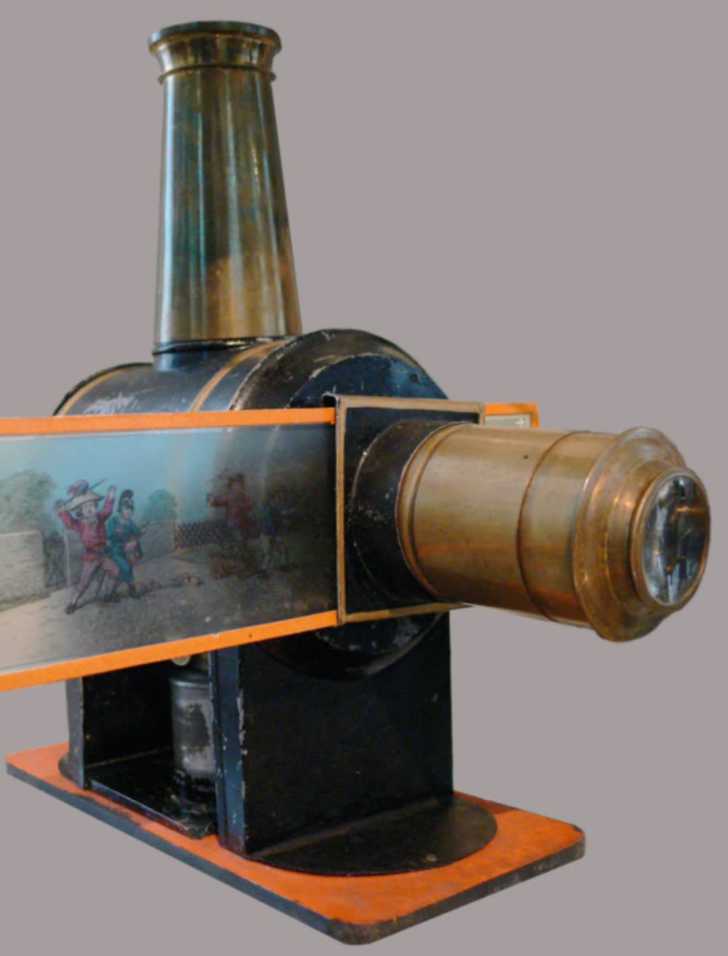
5) Dual Lights
These intricate lights let homeowners only use harsh electric light when absolutely necessary, the rest of the time using soothing gaslight. These lights would have a down-facing globe for electric and an up-facing globe for the gas light (as a down facing gaslight would basically just be a flame-thrower catching homes on fire). These were basically the dimmer lights of the day.
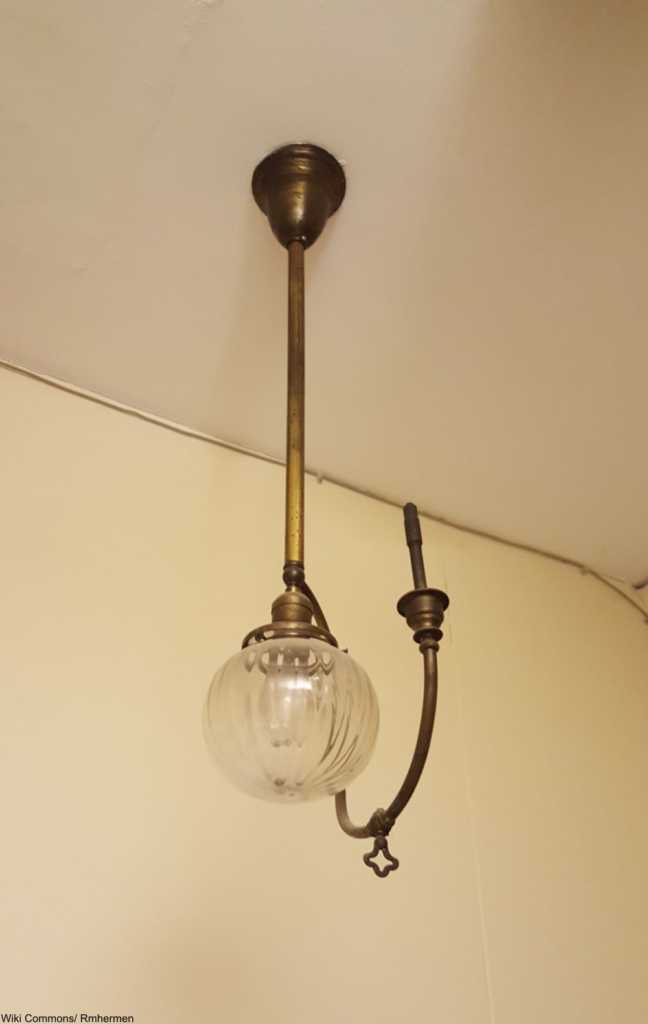
3) Dumb-waiters
These handy gadgets were the easiest way to transport objects between floors, which was no small task in a 3 or 4 story home! Servants would be able to make use of the dumbwaiter not only for speed and ease of use, but also to quickly remove soiled linen or empty wine bottles from view of the master or his guests. It wasn’t until the 1890s that patents for the counter balance dumbwaiter and brake were were filed, after many decades of use in many high-profile homes.
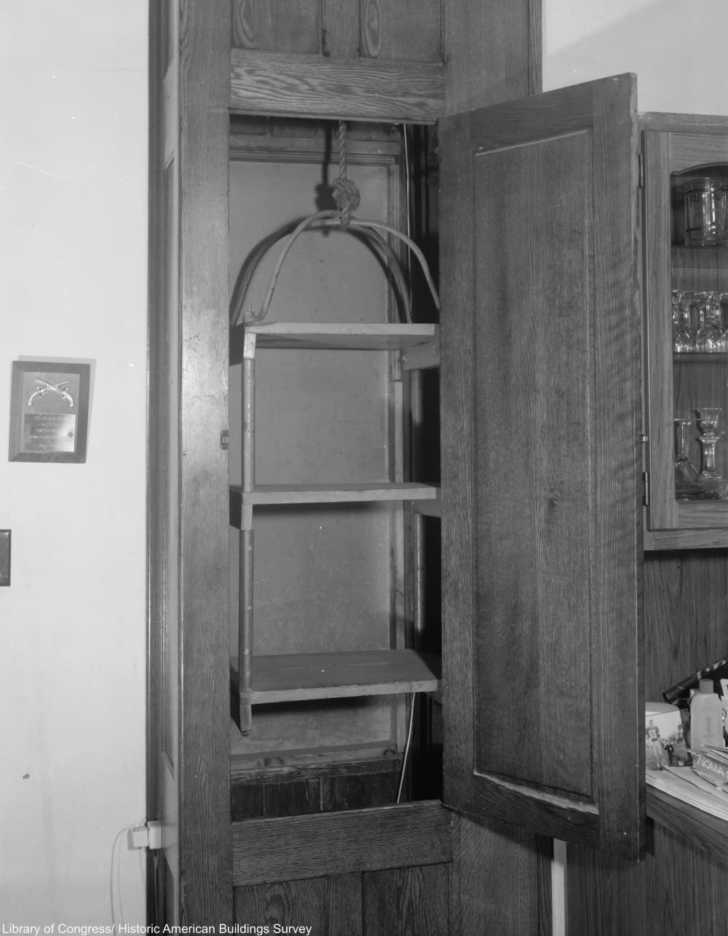
Early versions of the dumbwaiter were multi-level carts or tiered tables intended to minimize interactions with servants. The carts would be loaded up before a dinner or party or whatnot and only refilled as needed.
4) Annunicators
These complicated devices were also known as servant call boxes and were the most efficient way to summon an attendant to your aid or alert servants in far flung corners of the building that someone was at the front door.

Annunciators often operated on a bell system as seen below. But, as time went on versions which used a flag or a clock hand were favored since they pointed out clearly where attention was needed. These instruments could also function as early burglar alarms…provided the thieves used a door!

Stamp Moisteners
Smaller items like the stamp licker device further increased the efficiency of the household or office. These rollers were made of ceramic or metal, sometimes in gilded cases to ornament the desk in true Victorian style, with high end office models encased in wooden cabinets which also held stamps. The term “stamp licker” came to be a derogatory one meaning a low level clerk or assistant as the wealthy off loaded even the simple act of stamp licking to servants.
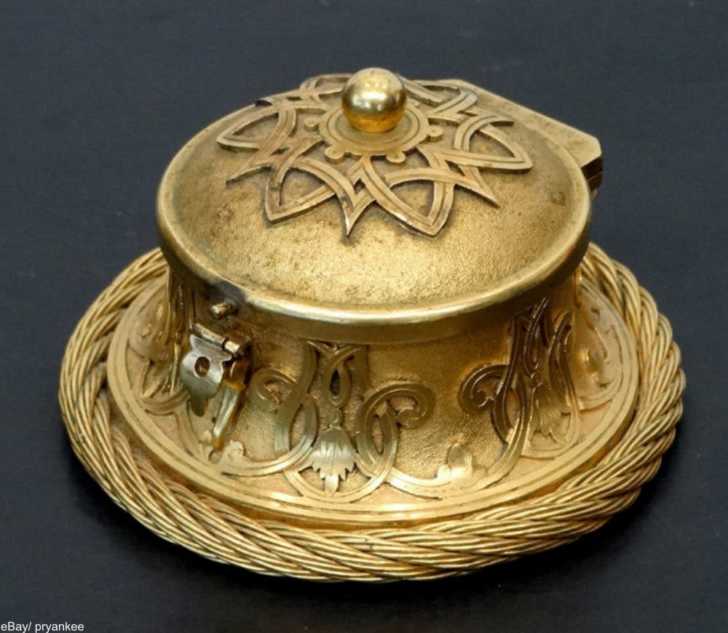
Stereoscopic Viewer
Taking photographs to a whole new level, the stereoscopic viewer used double slide cards to make images seem 3D, a novel concept in the late 1800s. At the height of the stereoscopic trend photographers and manufacturers offered thousands of images for sale, each with 2 views which could be seen together within the viewer. Some have called it the virtual reality of the Victorian era.
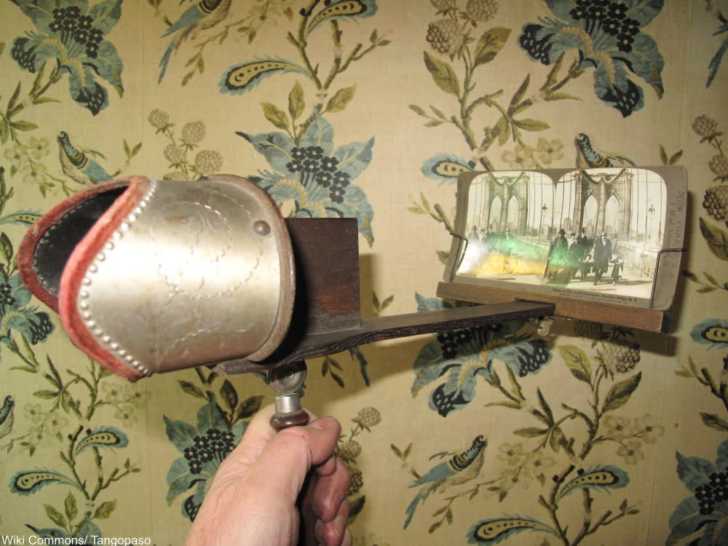
SKM: below-content placeholderWhizzco for DOT

